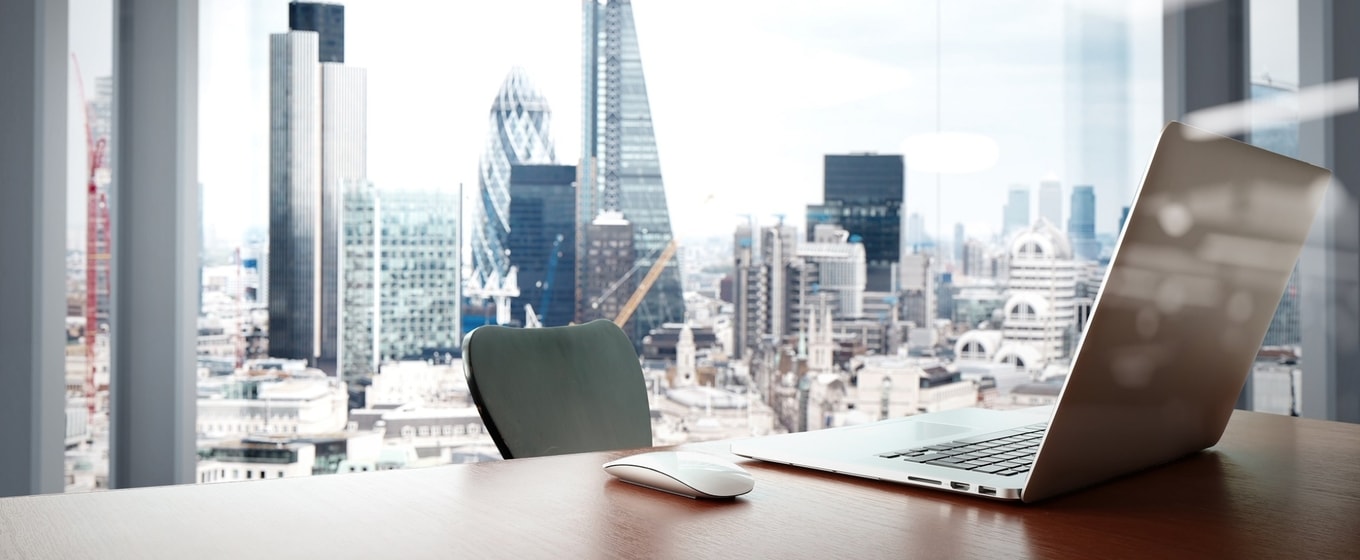By taking the time to consider how your staff experience their working day and the space they do it in, you’re giving them - and the company - the best possible chance to thrive. Here are seven ways to create a workspace that will increase productivity within your SME.
1. Reduce mess to save time
Things get lost in a disorganized workspace. Without a smooth-running system, the minutes wasted searching and rummaging can add up to hours. The expression ‘cluttered room, cluttered mind’ is valuable here, as when things are a mess physically, thought processes fall into disarray too.
A swift and regular spring clean of the workplace is a simple way to boost your team’s mindset in the office. By recycling piled-up papers and clearly labelling files and drawers, your employees can cut their response time in half when looking for documents or reports. Minimal desks also mean far fewer distractions, giving productivity a notable boost.
2. Consider physical comfort
The image of a workplace as strict and professional is truly old-fashioned. Physical comfort once felt like something we dreamed of at our desks; now it’s vital to help us produce our best work. High numbers of office workers report back and shoulder pain, so invest in good quality chairs and desk equipment so your staff can perform at their best.
Screen-time is also something which should be dotted with breaks, allowing staff a chance to look away from the hypnotic glow of their gadgets now and again. Consider investing in a couple of comfortable sofas or armchairs and encouraging staff to use them when reading through reports or documents. This will allow them to rest their eyes from a screen and also change their posture.
The more suited the workspace is to your workforce’s physical needs, the better they’ll feel and the higher quality work they’ll produce.
3. Brighter moods equal better output
Our surroundings play a huge role in inspiring a bright, dark or mediocre mood. The ideal workspace lifts us up, so we look forward to work and complete our tasks efficiently.
Some companies achieve this by dotting their offices with plants, while others allow staff to bring along their dogs one day a week. Decorations for national holidays are great for morale, as is some carefully chosen music. Or, you can provide your staff with a communal selection of fruit or snacks which will brighten up the office in more ways than just visually.
Whatever you go for, remember that you should consider all the senses when looking at your office’s design, from colours to textures, sounds and smells.
4. Smart design aids collaboration
One of the key reasons companies have a shared workspace - even in this digital age where more and more workers can complete their tasks at home - is the possibility of collaboration.
An easy way to implement this is by arranging team workspaces into 'pods' - giving each team their own space to work together will do wonders for overall productivity. Similarly, having a communal area where teams can collaborate will also allow for fluid working within the business as a whole.
If possible, a separate space for meetings and discussions can be very valuable. Moving to a different room highlights the change of pace between individual work and presentations or group debates, giving staff a chance to focus. A private space for the discussion of ideas also allows newer or less confident staff to express themselves in a more comfortable and supportive environment.
The simple act of dividing the workspace into different sections allows a workforce to better compartmentalize the tasks expected of them in their roles.
5. Space to relax is vital
While many modern offices favour the open-plan layout to encourage interactions and the exchange of ideas, it’s equally vital for a workplace to include space for some down-time. Google is among the companies said to have specially allocated rooms where staff can take a nap. Similarly, more and more offices are making space for mini yoga studios, a monthly massage, or at the very least a chill-out space which offers somewhere comfortable for a coffee break.
Burning the candle at both ends has historically led to burnout time and again. The right to a decent lunch hour and sensible break times is for the whole company’s benefit, as much as the individual. If workers feel guilty or trapped when needing a break, this sense of stress will permeate their work, to the detriment of their productivity. Guilt-free downtime is essential for a contented staff team.
6. Colour plays a part
If your workspace is due a makeover, the addition of plants and elegant, efficient design can work wonders, but there’s even a lot to be said for the choice of colours in your space.
Bright, bold colours can inspire happy moods and keep our creative muscles flexing, while greens and blues are believed to improve focus and mental dexterity. If re-painting a wall is an option, it may really be worthwhile in productivity terms, though a small pop of colour like a piece of art should have a similar effect.
7. Give staff some autonomy
If you are considering a redesign of your office space, letting your team have some influence will benefit everyone. Do any of your team make art as a hobby? Does anyone have tips for tidying up? By making the workspace a collective project, you’ll bring your staff closer and help them feel more invested in the company as a whole.




These cookies are set by a range of social media services that we have added to the site to enable you to share our content with your friends and networks. They are capable of tracking your browser across other sites and building up a profile of your interests. This may impact the content and messages you see on other websites you visit.
If you do not allow these cookies you may not be able to use or see these sharing tools.